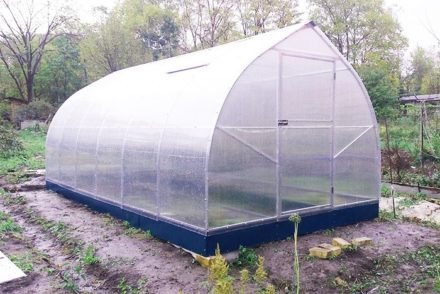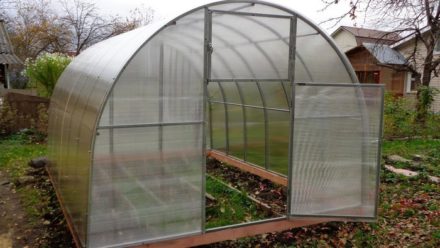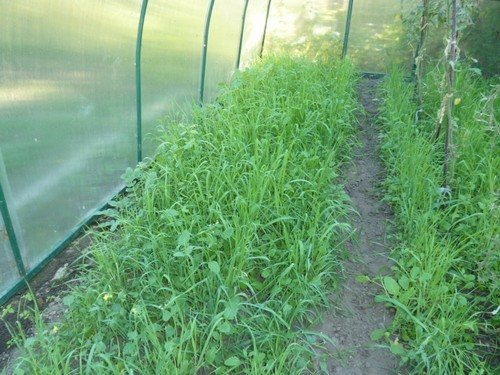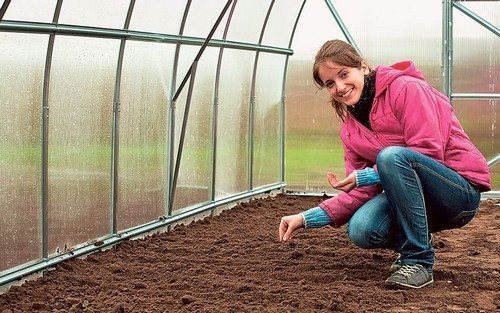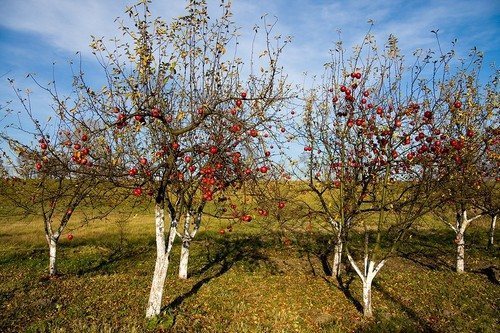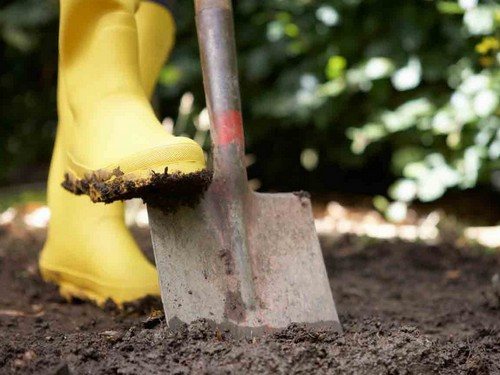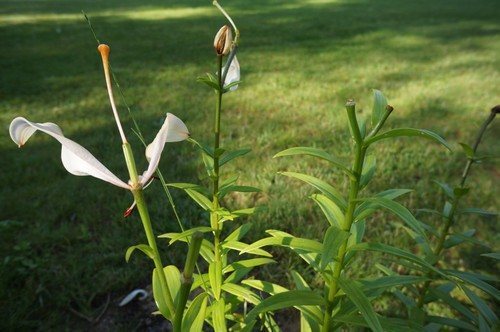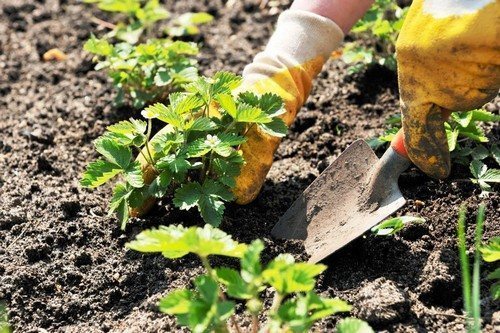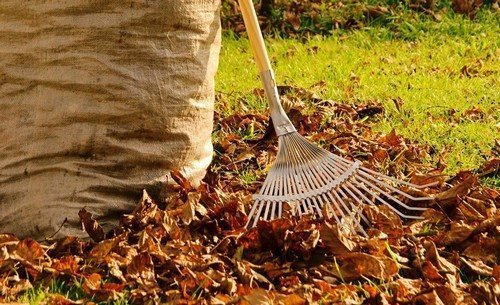A greenhouse on a site is an expensive and profitable business. Proper preparation for winter in the fall will help ensure a high yield and longevity of the greenhouse. How to treat a greenhouse after harvesting? This is what our article will be about.
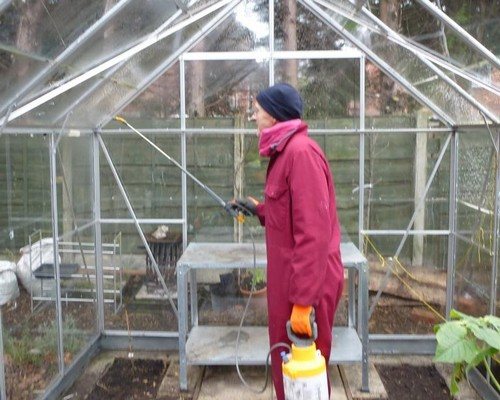
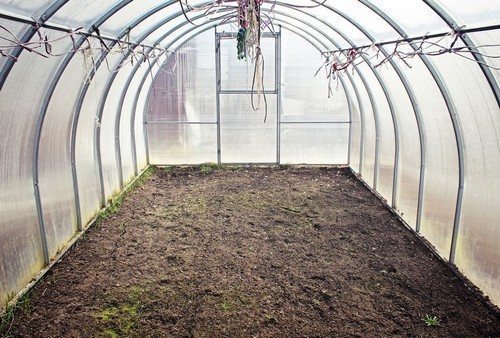
What is crop rotation and why is it needed?
The ideal solution for many summer residents is to have not one greenhouse, but two. But, given the size of many areas, only one can be placed.
Cultivating the same plants every year in a permanent place leads to depletion and contamination of the soil. For example, late blight spores that attack tomatoes persist in the ground for several years.
Since many summer residents do not have crop rotation, and pathogens and microorganisms accumulate during the growing season, it is necessary to carry out disinfection and preventive maintenance of the soil and the entire greenhouse as a whole.
What methods of disinfection exist? Here are 5 ways to help put your greenhouse in order.
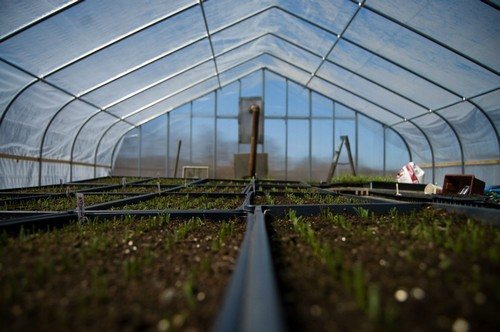
Fumigation procedure
Before starting the fumigation procedure, it is necessary to remove and destroy all plant debris from the soil, walls and equipment. Seal all cracks, close windows and doors.
The modern range of smoke bombs is quite large. Inexperienced summer residents are faced with a dilemma: what to choose?
The best thing I can recommend is:
- 50-60 gr. Lump sulfur (per 1 cubic meter);
- Kerosene (small amount).
The amount of sulfur can be increased to 150 g. For 1 cu. m if you find a spider mite.
Mix the ingredients and lay them out in a path along the entire length of the greenhouse. After this, the sulfur is set on fire, starting from the far side and moving towards the exit.
The procedure should be carried out with protective glasses, gloves and, if available, a respirator, since sulfur is toxic.
Do not open the cultivation structure for 3-5 days, then ventilate thoroughly.

You should not use sulfur if you have a metal frame. This will lead to metal corrosion.
In this case, you should use a different composition:
- 10 liters of water;
- 400 gr. - 1 kg of lime or 40% formaldehyde.
Leave for 2 days in a closed container. Carry out wet cleaning by spraying all surfaces and the ground.
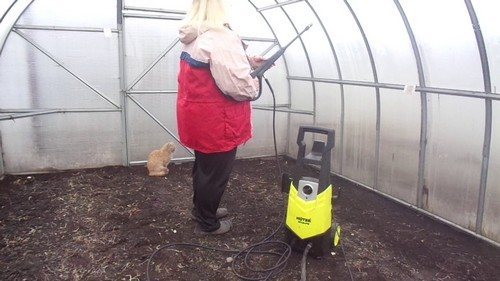
Heat disinfection or sterilization
Soil sterilization is the destruction of pathogenic bacteria or pathogens. This disinfection method is only suitable for greenhouses and greenhouses. To do this, the soil is placed in autoclaves or boilers, the temperature is set to 100-150˚C and sterilized for 30-45 minutes.
As a result of heat treatment, not only all pathogenic microorganisms die, but also organic substances. Therefore, mineral fertilizers should be applied immediately after treatment.
Disinfection of greenhouse structures
Wet cleaning implies not only the cleaning of contaminated upper surfaces, but also disinfection.
To do this, use a brush or sponge to clean all surfaces outside and inside, removing all dirt, soil, cobwebs, etc.
A soap solution using tar soap or shampoo is very effective.The solution is left on the surface for 10-15 minutes. This time is enough for fungi, spores and viruses to die.
Pour boiling water over metal surfaces, and treat wooden surfaces, containers, and garden tools with a 5%-10% solution of copper or iron sulfate.
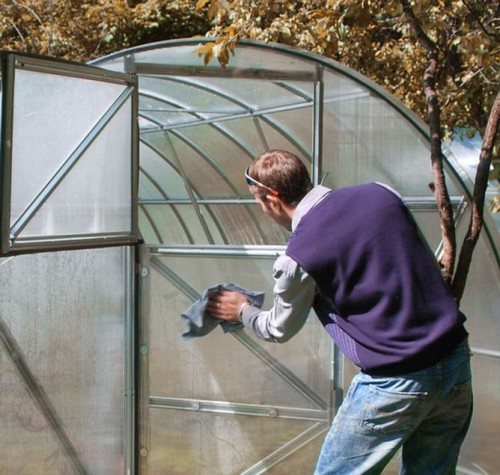
The main stage is replacing the top layer of soil
The top layer of soil of 5-10 cm should be changed annually, completely – once every 5-6 years.
If it is not possible to start new healthy soil, it is necessary to carry out disinfection and freezing. To do this, the top layers are removed and stacked in the open air. Bleach is scattered between the layers (200 g per 1 sq. m). This land can be used for open ground growing garlic, carrots, beets, and onions.
Deeper layers can be disinfected in 2 ways.
- Digging on the bayonet of a shovel. Water the entire perimeter with Bordeaux mixture (if not, then you can use a solution of potassium permanganate).
- Place the removed 10-centimeter layers outside the greenhouse for further freezing.
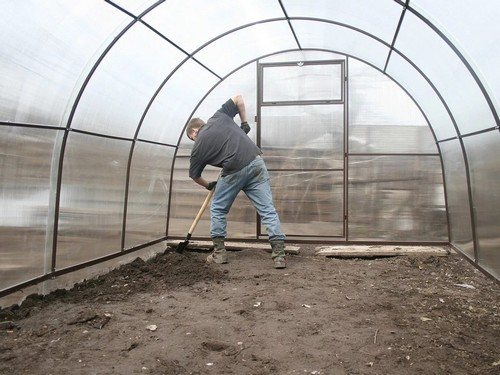
Green manure to help
Not everyone knows that cucumbers are capable of releasing toxic substances - colins. The source of infection is the root system. Colins are dangerous only for the cucumbers themselves and their relatives.
Green manure plants will help neutralize toxins. Immediately after harvesting the last harvest (approximately in September), scatter mustard or oilseed radish seeds on the beds.
After 1 month, dig up the beds. This procedure will help enrich the soil with useful substances and destroy colitis.
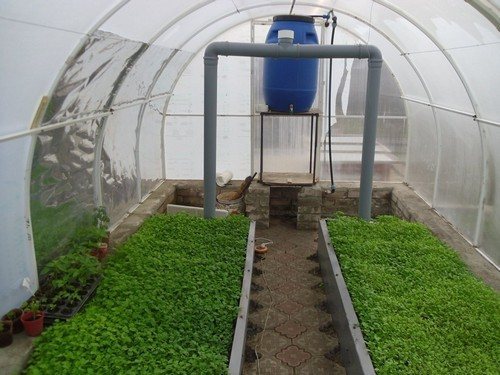
A clean and healthy greenhouse is the key to a large harvest.Therefore, autumn preventive work does not require delay, especially since other concerns will begin in the spring.



